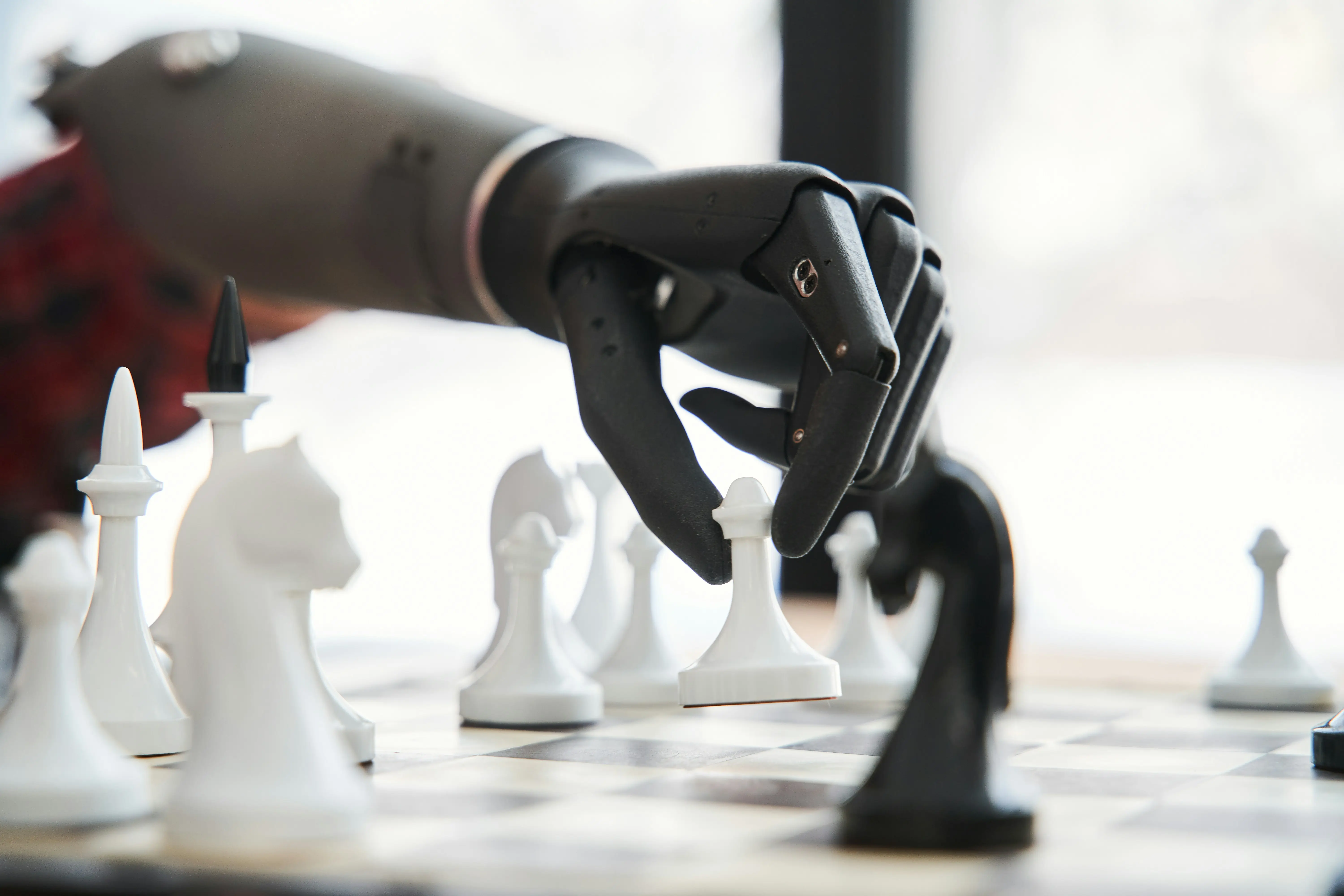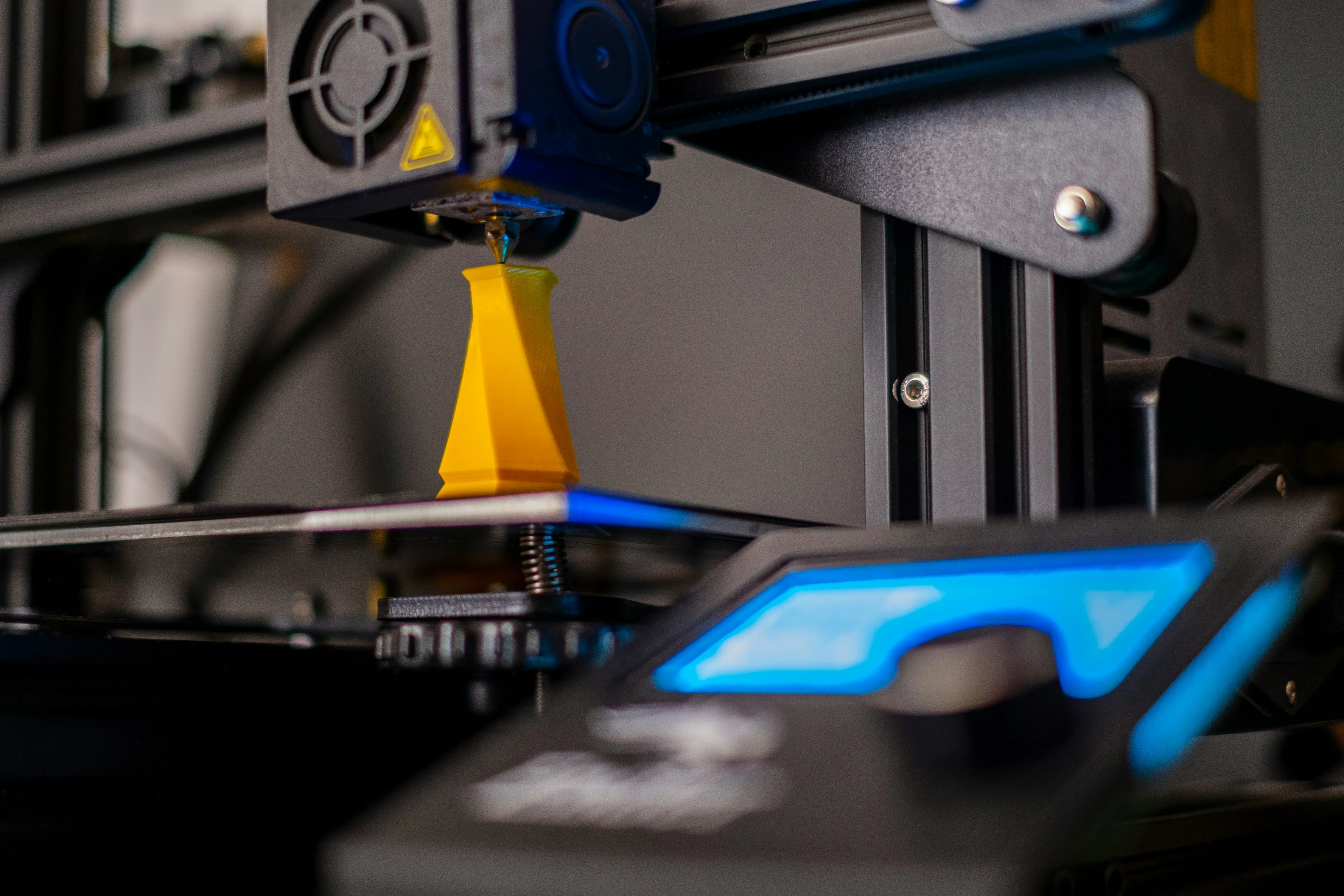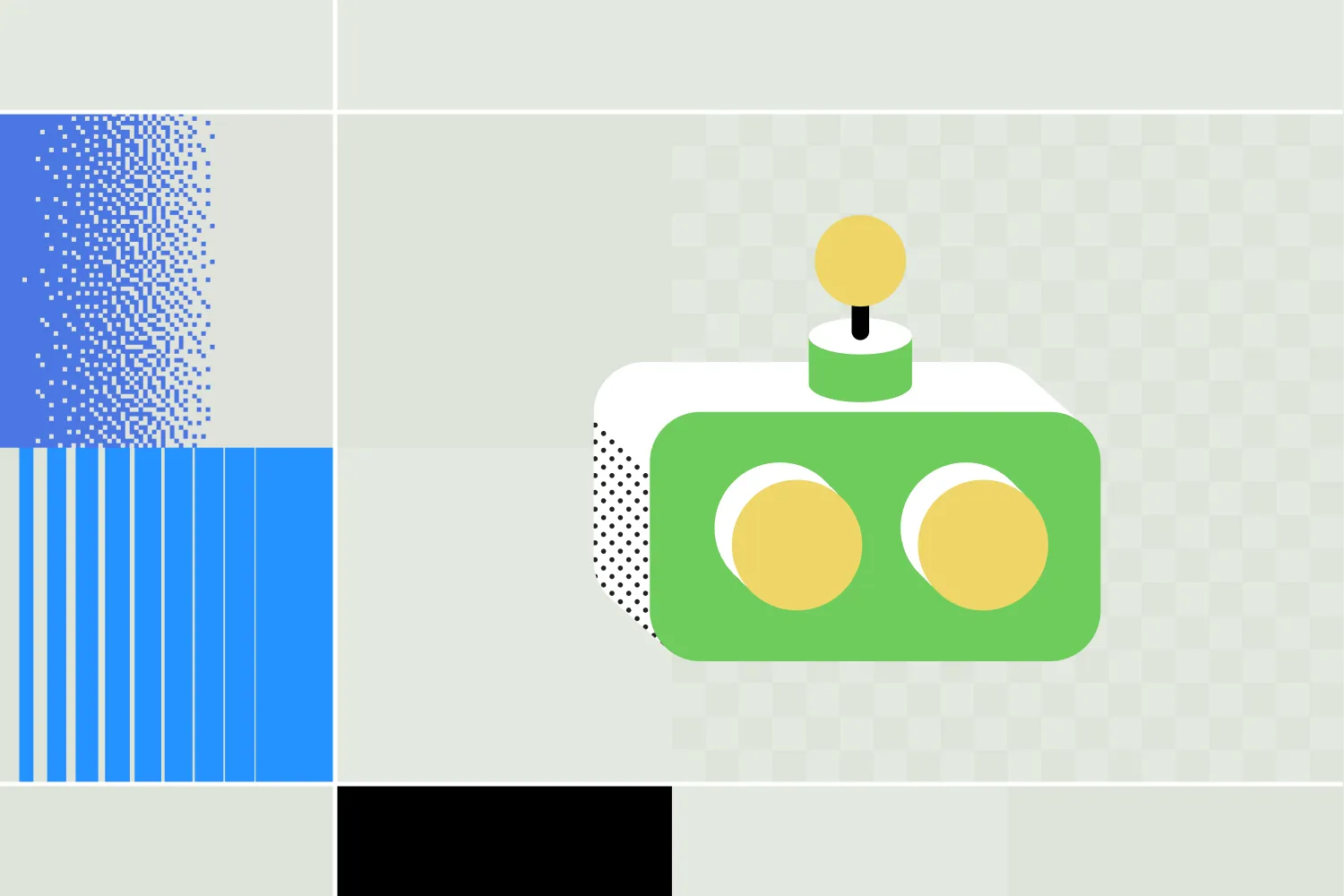- AI agents range from simple reflex systems reacting to current inputs to sophisticated agents that plan, learn, and coordinate complex tasks across various domains.
- Simple reflex agents act purely on immediate conditions, while model-based reflex agents enhance decision-making using internal models to track and predict environmental changes.
- Multi-agent systems feature multiple AI agents working together or competing, enabling advanced applications like self-driving cars coordinating in traffic or managing intricate supply chains.
AI agents have exploded in recent years. And with their complex technology and capabilities, there's a lot of different types of AI agents these days.
An AI agent is a software that performs tasks. Unlike a standard chatbot, it can take actions on behalf of a user.
There's a wide range of AI agents, from smart thermometers and self-driving cars, to agents with chat interfaces. All of these use cases fall into one of the seven main categories of AI agents. In this article, I'll share the 7 main types of AI agent and some real-world examples of AI agents.
1. Simple Reflex Agents
A simple reflex agent is an AI system that makes decisions based only on the current input from its environment.
It uses a set of condition-action rules to map observed inputs to specific responses. When it detects a certain state in the environment, it executes the corresponding rule.
It has no memory or internal model of the world — so it can only operate effectively in fully observable environments where every decision can be made based on the current input alone.
Examples of Simple Reflex Agents
- A thermostat that turns on the heat if it’s too cold
- A robot that turns when it hits a wall (hello, Roomba with a cat on top)
- A basic chatbot that replies “Hello!” when a user says “Hi”
.webp)
2. Model-Based Reflex Agents
A model-based reflex agent is an AI agent that makes decisions based on both the current input and an internal model of the world.
Unlike simple reflex agents, this type keeps track of the environment’s state over time. It uses a model — essentially, stored information about how the world works — to fill in gaps when the environment isn’t fully observable.
When it receives a new input, it updates its internal state, consults its condition-action rules, and chooses the best response based on both the current percept and what it knows from previous interactions.
Examples of Model-Based Reflex Agents
- A robot vacuum that remembers the layout of a room and avoids areas it has already cleaned
- An LLM agent that continues a conversation while keeping track of past user inputs
- A game AI that reacts not only to what it sees but also to what it knows from earlier in the match

3. Learning Agents
A learning agent is an AI agent that improves its performance over time by learning from its experiences.
It has four main components: a learning element, a performance element, a critic, and a problem generator.
The performance element chooses actions, while the learning element adjusts its behavior based on feedback. The critic evaluates the outcome of actions using a predefined standard, and the problem generator suggests new actions to try for better learning.
This structure allows the agent to adapt to changes, refine strategies, and operate effectively even in unfamiliar environments.
Examples of Learning Agents
- A crypto AI agent that adjusts trading strategies based on market performance
- A recommendation engine that gets better at suggesting products based on user behavior
- A healthcare chatbot that learns from patient interactions to improve triage accuracy

4. Utility-Based Agents
A utility-based agent is an AI agent that chooses actions based on which outcome is expected to provide the highest overall value or “utility.”
Rather than just aiming to achieve a goal, this agent evaluates different possible outcomes and selects the one that maximizes a predefined utility function.
This allows it to handle situations where there are multiple ways to reach a goal, or where trade-offs must be made. It requires the ability to compare options, predict consequences, and rank outcomes based on preferences or priorities.
Examples of Utility-Based Agents
- A chatbot for sales that prioritizes leads based on likelihood to convert
- A stock trading bot that balances risk and return to maximize long-term gains
- A business chatbot that schedules meetings to minimize conflicts and maximize convenience
5. Hierarchical Agents
A hierarchical agent is an AI agent that organizes its decision-making process into multiple layers or levels, with higher levels handling abstract goals and lower levels managing specific actions.
This agent breaks complex tasks into smaller sub-tasks, with each level of the hierarchy responsible for a different scope of decision-making.
High-level layers may plan long-term strategies, while lower layers handle immediate sensor data and real-time responses. Communication flows between layers, allowing the agent to coordinate broad objectives with detailed execution.
This structure makes it easier to manage complexity and scale behavior across different time frames or priorities.
Examples of Hierarchical Agents
- In manufacturing, a high-level agent plans the assembly process while lower levels control robotic arms and timing
- In a smart factory, different layers manage production schedules, machine coordination, and physical operations

6. Goal-Based Agents
A goal-based agent is an AI agent that makes decisions by evaluating which actions will help it achieve a specific goal.
The agent is given one or more goals — desired outcomes it wants to reach. It uses search or planning algorithms to explore possible sequences of actions, then selects the ones that are most likely to lead to the goal.
Unlike reflex agents, it doesn't just react — it reasons about future consequences before acting. This makes it more flexible and capable in dynamic or unfamiliar environments, but also more computationally demanding.
Examples of Goal-Based Agents
- A navigation system that calculates the best route to a destination
- A puzzle-solving AI that searches for moves that will lead to a completed puzzle
- A robotic arm that plans a sequence of motions to successfully assemble a product
7. Multi-Agent Systems (MAS)
Last but not least: the multi-agent system.
A multi-agent system (MAS) is a system composed of multiple interacting AI agents that work together (or sometimes compete) to accomplish individual or shared objectives.
Each agent in the system operates independently, with its own capabilities, goals, and perception of the environment.
These agents communicate and coordinate — either directly through messages or indirectly by observing changes in the environment. The system as a whole can solve problems that are too complex or distributed for a single agent to handle.
Multi-agent systems can be cooperative, competitive, or a mix of both, depending on the design and goals.
Examples of Multi-Agent Systems
- Autonomous vehicles coordinating at an intersection to avoid collisions
- A set of finance bots manages invoicing, fraud detection, and reporting through AI workflow automation
- A supply chain system where different agents manage inventory, shipping, and demand forecasting

Build Custom AI Agents
It's not difficult to build a customized AI agent - and you can do it for free.
Botpress offers a drag-and-drop visual flow builder, enterprise-grade security, an extensive educational library, and an active Discord community of 20,000+ bot builders.
Our extensible platform means you can build any custom chatbot with any custom integration — and our Integration Hub is full of pre-built connectors to the biggest channels.
Start building today. It’s free.
Frequently Asked Questions
What are the 7 types of AI agent?
The 7 types are: simple reflex agents, model-based reflex agents, goal-based agents, utility-based agents, learning agents, hierarchical agents, and multi-agent systems.
Is ChatGPT an AI agent?
Yes, ChatGPT can be considered an AI agent — it receives input, processes it, and generates responses, often using a goal or utility-driven approach depending on how it’s deployed.
What are intelligent agents, and how do they operate in digital environments?
Intelligent agents are entities designed to act in various digital environments. They gather knowledge from their surroundings, assess the current situation, and execute actions to achieve predefined goals. Their performance is influenced by the external actions they take within observable environments.
How does artificial intelligence play a role in agent functionality?
Artificial Intelligence empowers intelligent agents by providing them with the ability to learn, reason, and adapt. Agents utilize AI to enhance their knowledge base, allowing for more sophisticated decision-making in various environments.
What constitutes the knowledge base of intelligent agents?
The knowledge of intelligent agents encompasses information about the environment, predefined rules, and a fundamental understanding of the current situation. This knowledge forms the basis for their decision-making processes.
What is the performance element in the context of intelligent agents?
The performance element of intelligent agents refers to their ability to achieve goals and make decisions that optimize their actions in a given environment. It is a crucial component that determines the efficiency and effectiveness of the agent.
Can agents operate in hierarchical structures?
Yes, hierarchical agents are a type of intelligent agent that operates in structured levels. High-level agents oversee general decision-making, while lower-level agents handle specific tasks within the broader framework. This hierarchical structure enables efficient operation in complex environments.
Do intelligent agents operate with limited intelligence?
Yes, many intelligent agents operate with limited intelligence, meaning they have a defined scope of knowledge and capabilities. This limitation helps them focus on specific tasks and environments where their expertise is most relevant.





.webp)

